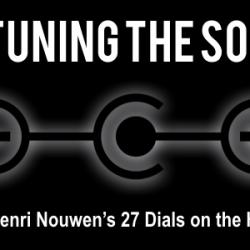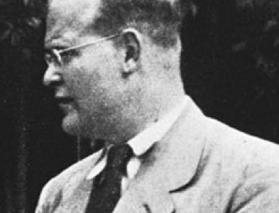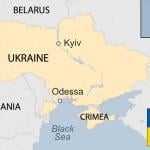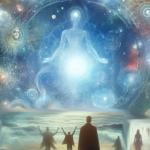As an evangelical Christian I am a part of a people who have emphasized the crucifixion above everything else, even sometimes eclipsing resurrection. Incarnation (the birth of Jesus), comes in third in terms of emphasis and the teachings of Jesus brings up the rear in a distant fourth. This has been our hierarchy of emphasis when it comes to how we understand and teach about the life of Jesus Christ: Death, resurrection, birth, teaching.
For most of the year, when evangelicals talk about what it means to be saved (soteriology), our emphasis is seldom on the birth of Jesus. We talk about his death (blood), and sometimes resurrection. This is part of why I love advent. It forces us to tell the whole story: Jesus’s birth is as much a part of our salvation as his death; his teaching as much a part of our salvation as his resurrection. They are all four parts of a single reality, the simplest confession of which is “Jesus is Lord.”
Typically the way I emphasize the incarnation all year long is to somehow mention in prayers or sermons – nearly every week in our worship service – that God has not left us alone. God has come for us. God has not allowed us to suffer all by ourselves, but has entered into our suffering through Jesus Christ. This is an essential part of the good news and is told via the doctrine of the incarnation.
Richard Rohr had this great reflection on the doctrine of the incarnation from his daily meditations last week:
A human woman is the mother of God, and God is the son of a human mother!
Do we have any idea what this sentence means, or what it might imply? Is it really true? If it is, then we are living in an entirely different universe than we imagine, or even can imagine. If the major division between Creator and creature can be overcome, then all others can be overcome too. To paraphrase Oswald Chambers “this is a truth that dumbly struggles in us for utterance!” It is too much to be true and too good to be true. So we can only resort to metaphors, images, poets, music, and artists of every stripe.
I have long felt that Christmas is a feast which is largely celebrating humanity’s unconscious desire and goal. Its meaning is too much for the rational mind to process, so God graciously puts this Big Truth on a small stage so that we can wrap our mind and heart around it over time. No philosopher would dare to imagine “the materialization of God,” so we are just presented with a very human image of a poor woman and her husband with a newly born child. (I am told that the Madonna is by far the most painted image in Western civilization. It heals all mothers and all children of mothers, if we can only look deeply and softly.)
Pope Benedict, who addressed 250 artists in the Sistine Chapel before Michelangelo’s half-naked and often grotesque images, said quite brilliantly, “An essential function of genuine beauty is that it gives humanity a healthy shock!” And then he went on to quote Simone Weil who said that “Beauty is the experimental proof that incarnation is in fact possible.” Today is our beautiful feast of a possible and even probable Incarnation!
If there is one moment of beauty, then beauty can indeed exist on this earth. If there is one true moment of full Incarnation, then why not Incarnation everywhere? The beauty of this day is enough healthy shock for a lifetime, which leaves us all dumbly struggling for utterance.












